 |

|
|
|
|
|
 |
|
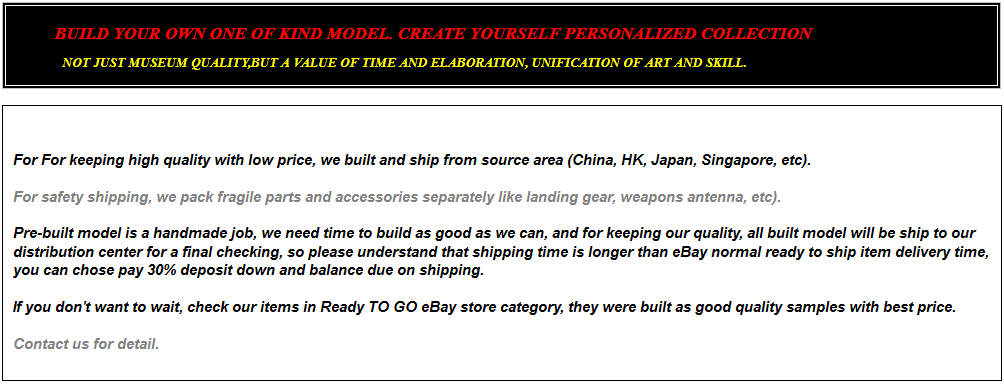 |
|

|
| Item Name:
|
.Panzer ACE Kurt Knispel`s King Tiger H #334 s.Pz.Abt.503 Budapest Hungary 1944
|
| Kits |
.Hobby Boss
|
|
Scale: |
.1:35
|
| Builder: | .Volcano
| | Item Status: | .Built To Order / Pre-Order
| | 
| Detail features:
Award winner built and painted Panzer ACE Kurt Knispel`s King Tiger H number 334 schwere Panzer-Abteilung 503 Budapest,Hungary, October 1944 with realistic weathering. The most accurate KingTiger in this scale. Add on Zimmerit with add-on PE brass parts and metal barrel. Beautifully German late ambush camo scheme with accurate unit markings. Top building quality with outstanding details throughout the whole model and very high standard accuracy on every individual part. Turret and gun details. Hull and deck details. Track links with road wheel detail. Rotating turret and gun elevation. Add on vehicle tools and more add-on details.
- Top building quality of- Henschel production one of most accurate KingTiger in this scale.
- Great details overall with super accurate scale on each part.
- Add on Zimmerit plate with sharp detail.
- Add on Brass photo-etched engine deck grills and engine grills, mounts, tiedown and more.
- Clear periscope parts for driver’s and radio operator’s hatch.
- Hatches on hull front rendered w/fine details.
- Complete with authentic Zimmerit detail has been carefully and realistically crafted and textured to scale。
- The panels and rivets realistically reproduced.
- Turret and hull Interior details add on with hull floor and 88 gun details.
- Upgraded frontal MG can rotate.
- Newly designed turret w/realistic spare tracks molded details.
- Slide-molded muzzle brake and 88 gun barrel detail.
- Multi-direction slide-molded cupola with fine interior details.
- Separate commander’s hatch swivel arm.
- Loader’s hatch with interior details.
- Pilz on the turret roof.
- Close-defense weapon can be assembled open/closed.
- Rear turret hatch can be modeled open/closed.
- Hull parts with very realistic cast texture which is the most accurate in this scale.
- Accurate details of exhaust extension.
- Fenders w/intricate detail.
- Road wheels accurately reproduced.
- Sprockets with authentic detail.
- The track is very nicely done.
- Intricate on-vehicle tools reproduced.
- Finely detailed jack.
- Addingtowing cablem shackles and more accessories.
Buffing and polishing to remove mold seam. Base color with primer and putty for better surface detail. Airbrushed and painted with multicolor. Add clear paint for good finishing on decal applying. Washing to enhance the surface detail increase the appearance of depth including panels, doors, hatches, rivets, bolt head and more. Dry brushing to emphasize and highlight texture with edge for good wear, tear and fading. Multi-color filters for blend color effects. Adding nonglossy paint for better finishing. Great detail paint job on rust and paint chips off with scratches, worn and bare metal realistic simulating, flow rust and rain streaks effects, grease with staining appearing, engine smoking and muffler burned representing. Also smear and dirt with dust and real mud and more on real-life weathering. Final protective layer for long-term collection.

 |
3146
| | | |

|
 |
 |
| 1
Dream Works Hobby |
 |
| 2
Dream Works Hobby |
 |
| 3
Dream Works Hobby |
 |
| 4
Dream Works Hobby |
 |
| 5
Dream Works Hobby |
 |
| 6
Dream Works Hobby |
 |
| 7
Dream Works Hobby |
 |
| 8
Dream Works Hobby |
 |
| 9
Dream Works Hobby |
 |
| 10
Dream Works Hobby |
 |
| 11
Dream Works Hobby |
 |
| 12
Dream Works Hobby |
 |
| 13
Dream Works Hobby |
 |
| 14
Dream Works Hobby |
 |
| 15
Dream Works Hobby |
 |
| 16
Dream Works Hobby |
 |
| 17
Dream Works Hobby |
 |
| 18
Dream Works Hobby |
 |
| 19
Dream Works Hobby |
 |
| 20
Dream Works Hobby |
 |
| 21
Dream Works Hobby |
|
 |
Kurt Knispel was born on September 20th 1921 in a small town called Salisfled in Czechoslovakia. Knispel spent most of his childhood in Mikulovice, where his father worked in an automotive factory. Knispel disliked factory work and in April 1940 Knispel joined the Wehrmacht as a volunteer.
Knispel started basic training at the Panzer Replacement Training Battalion at Sagan. There he was subjected to his general military training: PT, how to march, salute and use weapons such as the P38 pistol, Kar98k rifle, and hand grenades. After basic training Knispel went onto Panzer training to operate the Pz I, II, and IV. On October 1st Knispel was transferred to a “Field Unit” of the 3rd Company of the 29th Panzer Regiment, 12 Panzer Division where he finished his training as a loader/gunner on the Pz IV. During training at Putlos he first demonstrated his abilities as a gunner; he had a gift of total three-dimensional vision as well as extraordinary reflexes. But to Knispel’s dismay, he remained a loader.
Knispel first saw action in August 1941 in a Pz IV tank. During Operation Barbarossa he quickly rose to the position of gunner under the command of Lt. Hellman. By January 1942 Knispel had returned to Putlos to undergo his training in the new Tiger tank and at the time he was already credited with 12 tanks victories. His next home was the 1st Company of the 503rd Heavy Panzer Battalion where he took part in the Battle of Kursk as flank cover to the 7th Panzer Division. From there he went on to commanding a Tiger II within the same unit.
Knispel was recommended four times to the receive the Knight’s Cross, an award he never received. This did not concern him as he was not driven by fame or decoration. Knispel’s record lists 168 confirmed tank kills, but when unconfirmed victories are included, the total adds up to 195. Even at 168 confirmed, this makes Knispel the most successful tank ace of World War II.
He scored an incredible kill of a Soviet T-34 tank at a range of 3,000 meters. Knispel was awarded the Iron Cross First-class (15 kills) and then the Tank Assault Badge in Gold after more that 100 tank kills. After destroying 126 tanks Knispel was awarded the German Gold Cross while becoming the only German NCO to receive this honor to be mentioned in the Wehrmacht communique in World War II. It is also said that he credited many kills to others that he could have called his own. Knispel most often shied away from this type of argument and was known for his affable nature. Knispel as a tank commander was in his own element, at times he even faced superior enemies alone to give the units he was supporting the best chance to advance or the safest passage of retreat. Alfred Rubbel, one of Knispel’s first commanders, stated that when he was on the field of battle he never abandoned anyone, even in the worst of situations and conditions.
Knispel was battle-hardened by conflict in many areas which included Kursk, Vinnitsa, Jampol, Kamenets-Podolsk, the Korsun-Cherkassy Pocket, Cean in the retreat from Normandy then to the Eastern Front in the battles near Mezotur, Torokszentmiklos, Kecskemet, Cegled, Gran Bridgehead, Bab Castle, Laa, Nitra, Gyula, and his final battle in Wostitz, where he was fatally wounded on April 28th 1945, ten days before the war ended.
His lack of authority towards the higher ranks of the German command contributed towards his slow advancement through the rank. On one occasion Knispel assaulted an officer who he saw was mistreating Soviet POWs. Knispel had a tattoo, a goatee, and longer than regulation hair, but spite all of that he was well liked by his fellow soldiers and his skills were never matched. At the age of 23 Knispel had more tank kills than Michael Wittmann, Ernst Barkmann, Johannes Bolter, or Otto Carius.
The end of this sad story of the death of a legend has a positive as Knispel’s remains were found by historians in Vrbovec in an unmarked grave behind a church. “He was identified by the military tattoo on his neck” a spokesperson said from the Moravian museum. On April 10, 2013 Czech authorities confirmed that Knispel`s remains were found among 15 other German soldiers behind a church wall in Urbau. It is likely that he will be reburied at the military cemetery in Brno. Rest in peace Kurt Knispel.
| |
 |
 |
 |
 |
 |
 |
 |
 |
 |
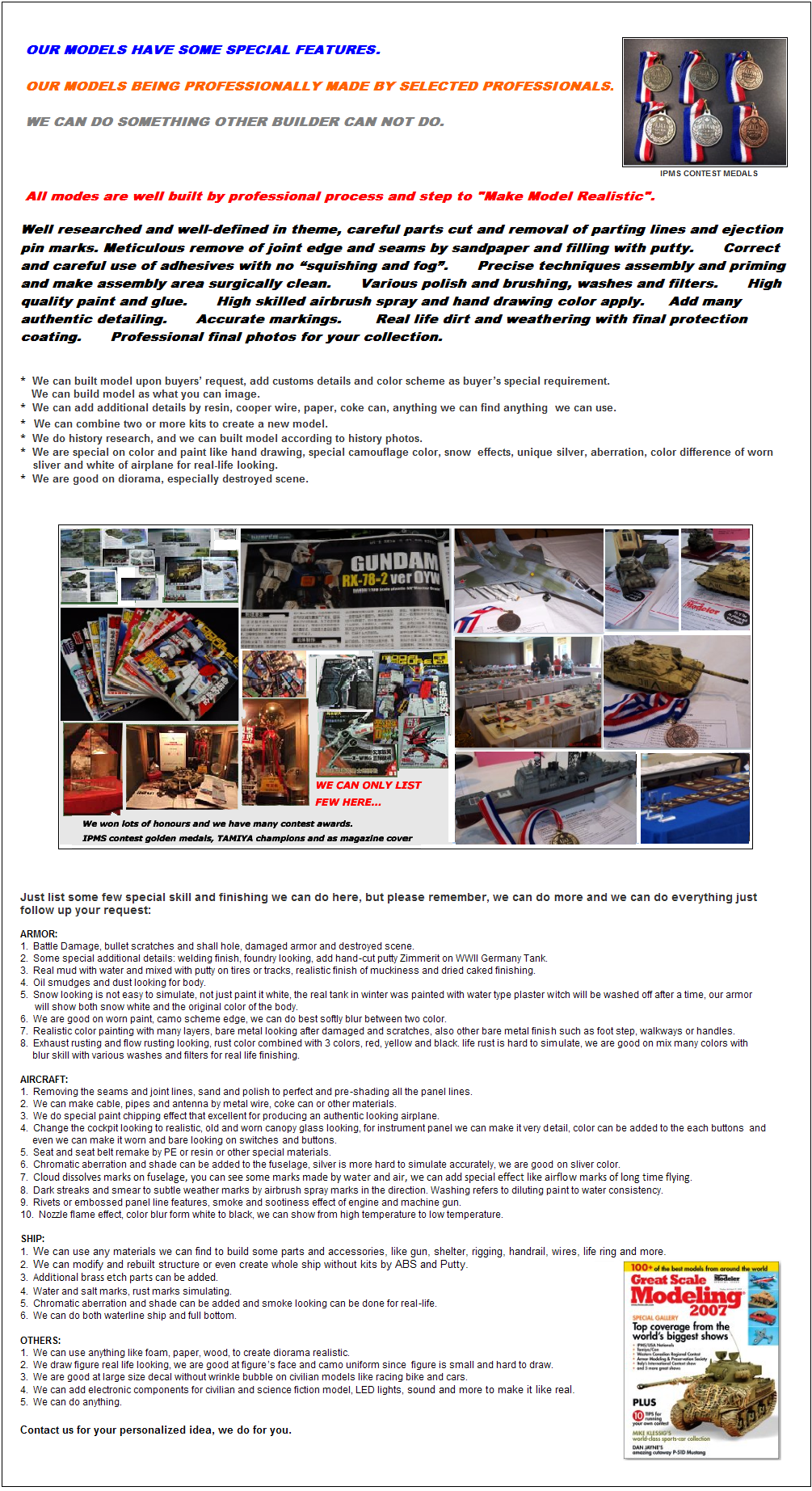
|
 |
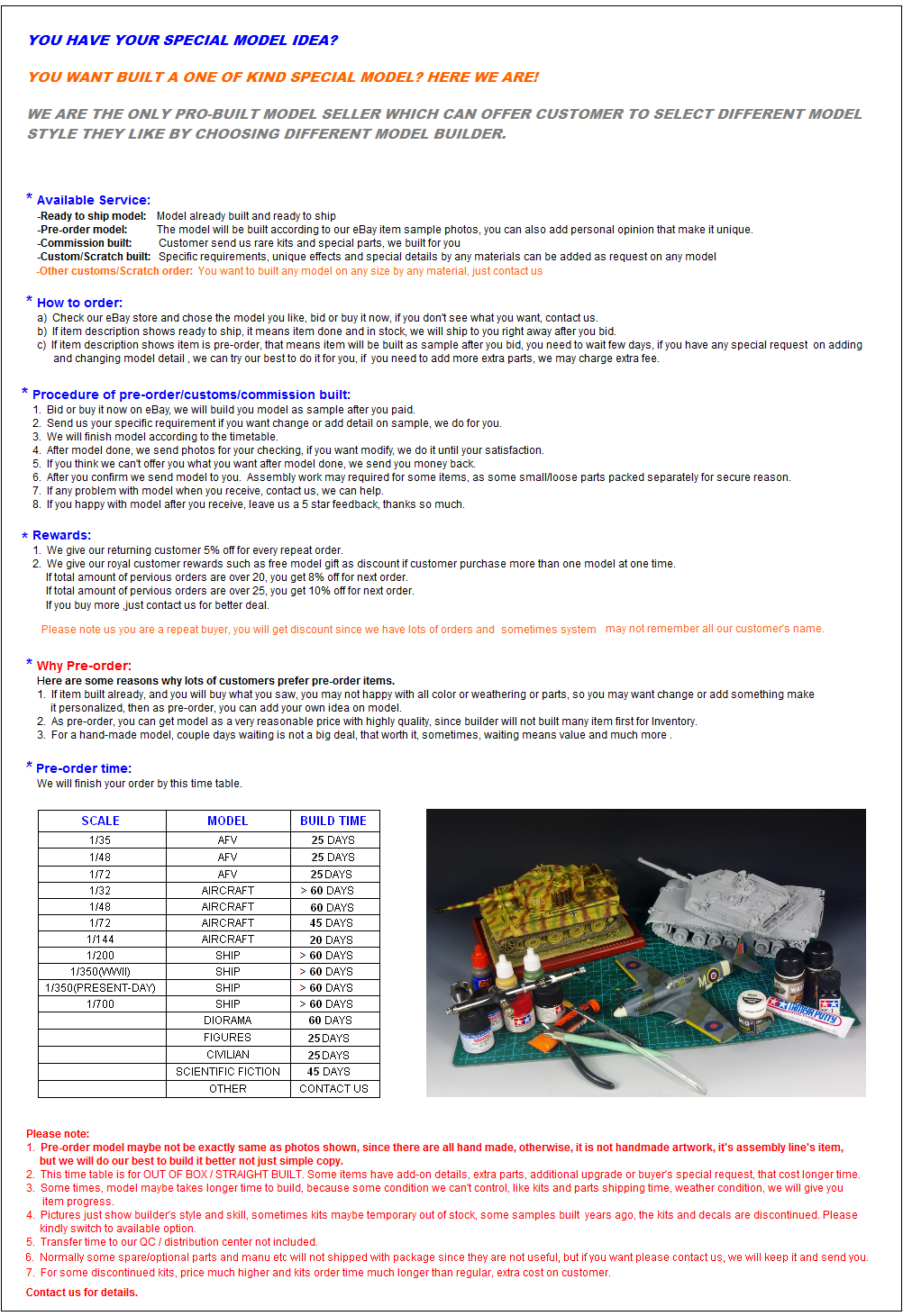 |
 |
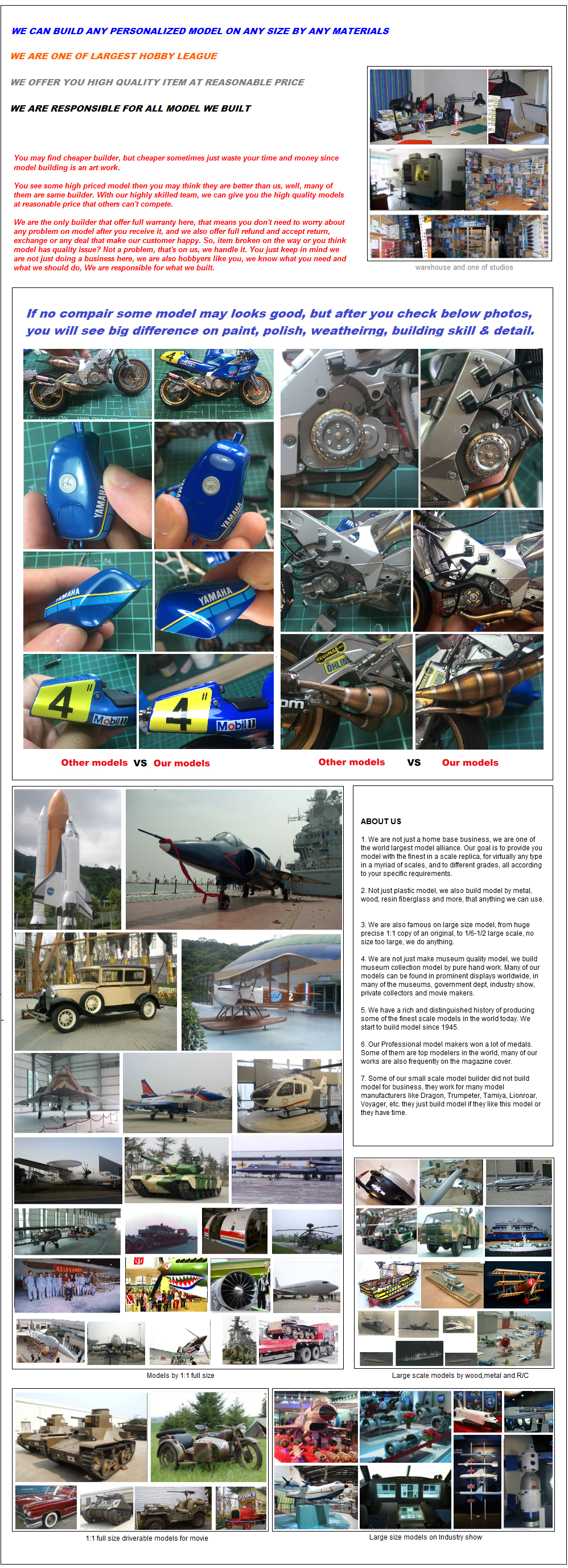 |
 |

|
 |
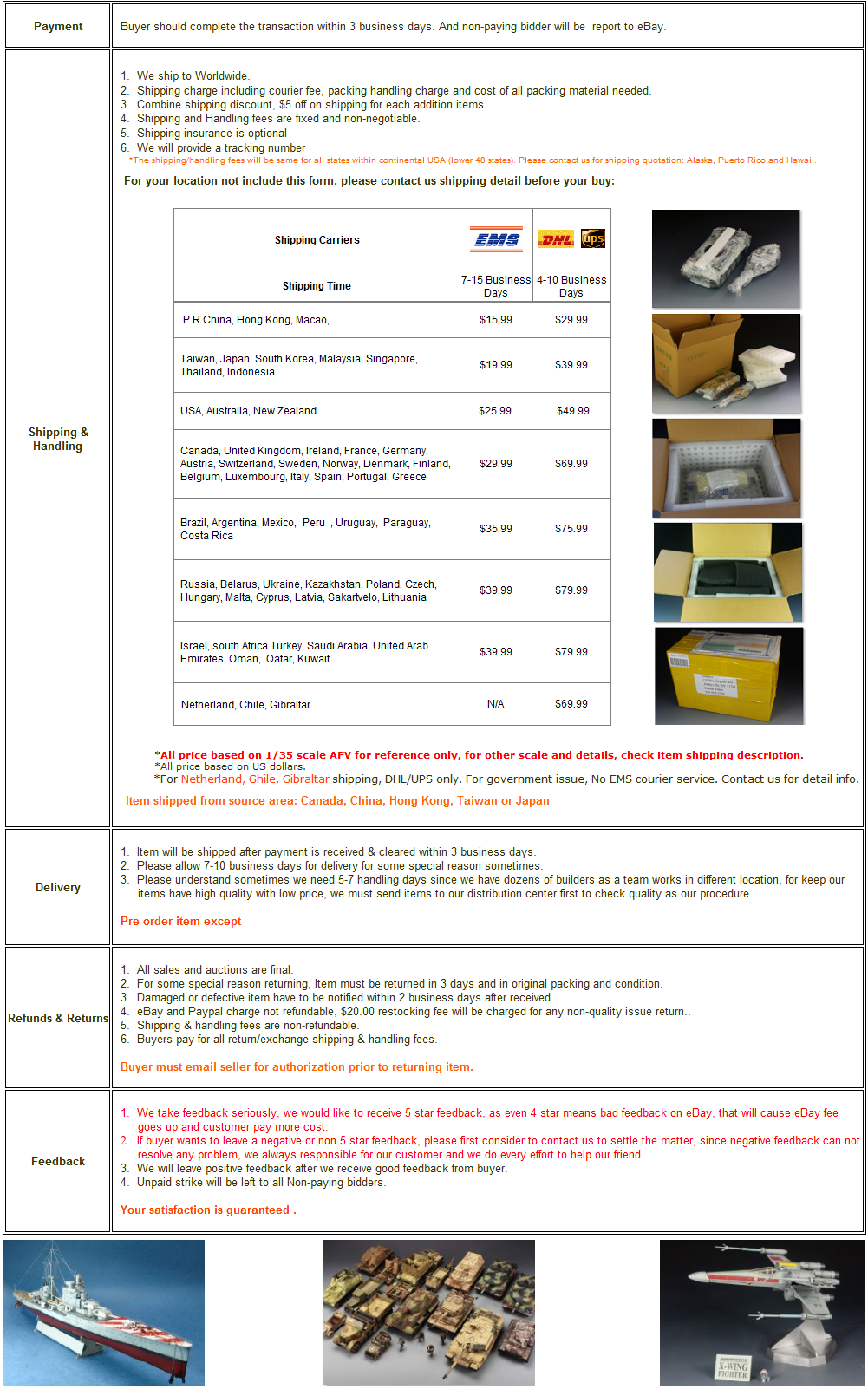
|
 |
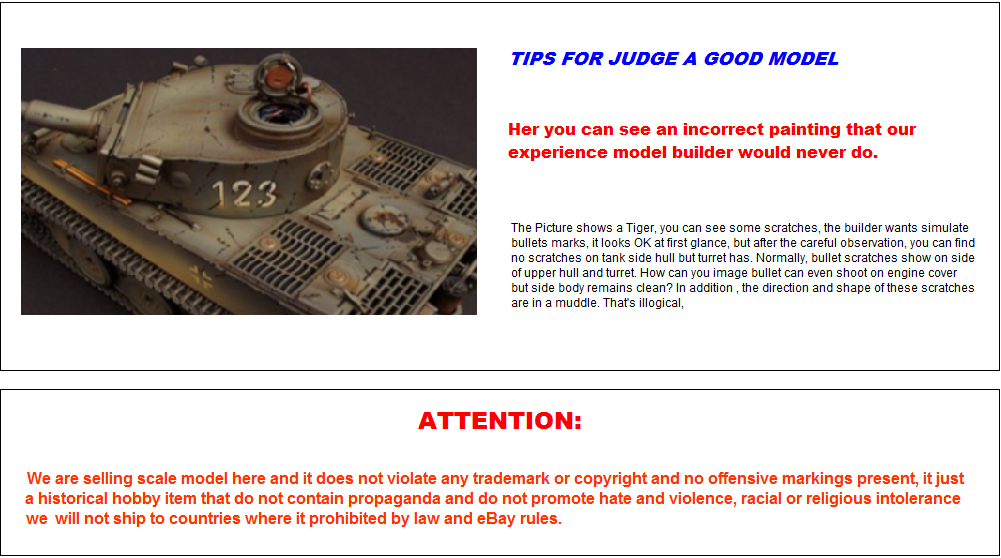
|
 | |